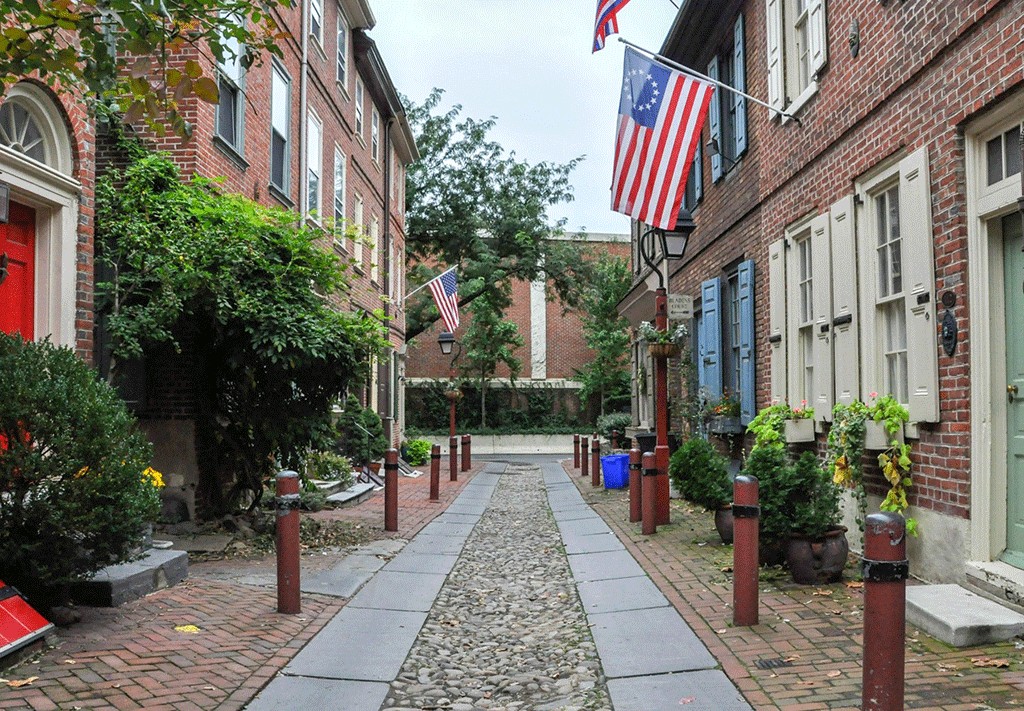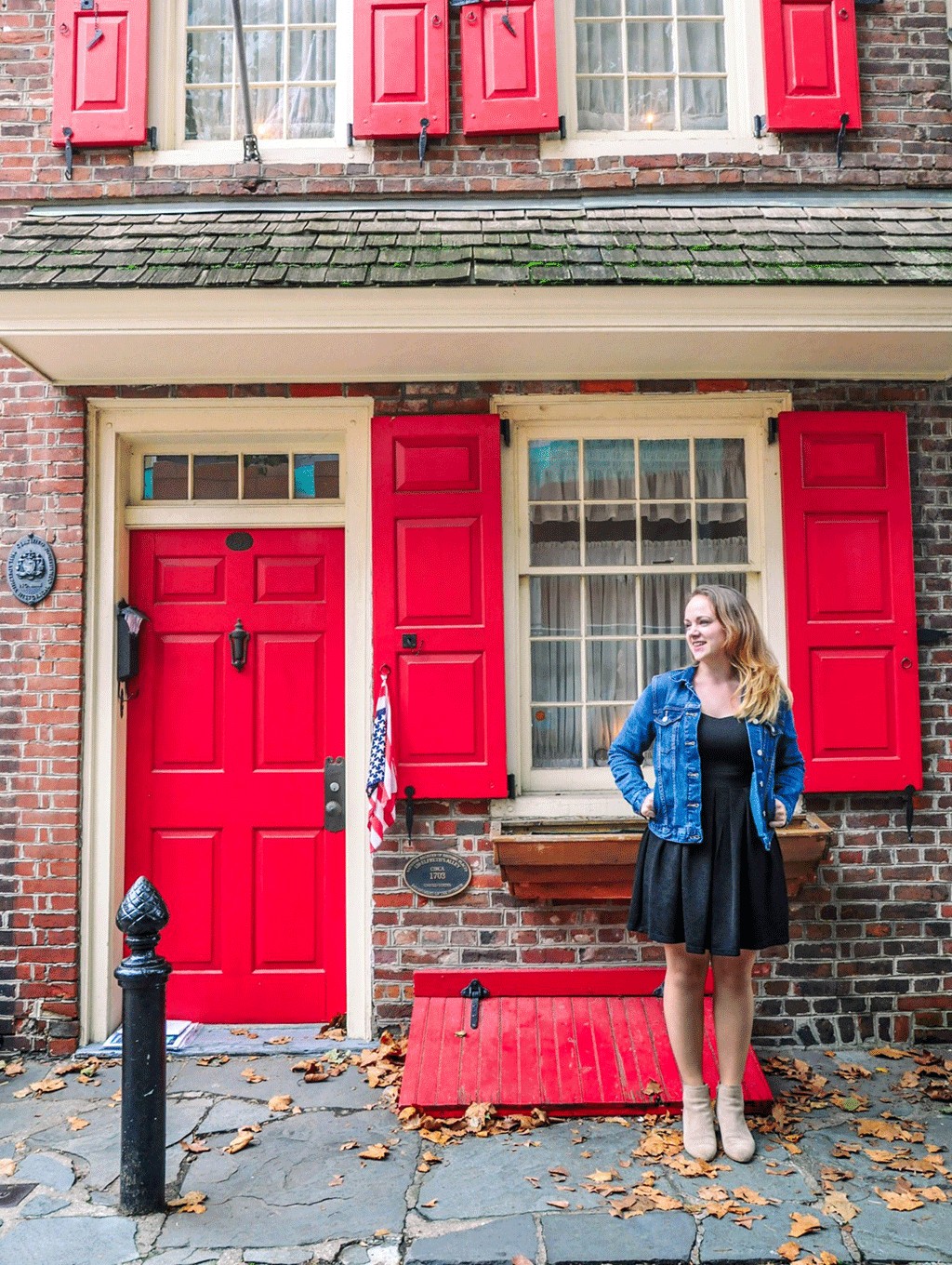Are you planning a short historical getaway and wondering, “What Can I Realistically See And Do In A 2-day Trip Focused On History?” With SIXT.VN, discover Vietnam’s rich history through meticulously crafted tours, including hassle-free airport transfers and comfortable hotel bookings, ensuring an unforgettable journey back in time. Embark on this historical journey with convenient booking, historical insight and cultural exploration.
1. Is a 2-Day Historical Trip to Hanoi Enough Time to See the Key Sites?
Yes, a 2-day trip to Hanoi is enough time to see the key historical sites if you plan strategically. Hanoi, Vietnam’s capital, boasts a rich history spanning thousands of years, offering a blend of ancient temples, colonial architecture, and vibrant cultural experiences.
- Strategic Planning is Key: A well-structured itinerary allows you to maximize your time, ensuring you don’t miss the most significant landmarks.
- Prioritize Key Sites: Focus on must-see locations like the Ho Chi Minh Mausoleum, Temple of Literature, and Old Quarter.
- Guided Tours: Consider booking guided tours to gain deeper insights and navigate efficiently. SIXT.VN offers expertly curated tours that highlight the historical significance of each site, providing context and stories that bring the past to life.
2. What are the Must-See Historical Sites in Hanoi for a 2-Day Trip?
For a 2-day historical trip to Hanoi, prioritize these essential sites to immerse yourself in Vietnam’s rich heritage:
- Ho Chi Minh Mausoleum: A solemn monument where the preserved body of Ho Chi Minh, Vietnam’s iconic leader, rests. Visitors can pay their respects in a quiet, reverent atmosphere. Remember to dress respectfully (shoulders and knees covered) and maintain silence inside.
- Ho Chi Minh Museum: Located near the mausoleum, this museum offers an extensive look into Ho Chi Minh’s life and revolutionary activities. The exhibits showcase artifacts, documents, and multimedia presentations that narrate his journey and impact on Vietnam’s history.
- Presidential Palace Historical Site: Explore the former residence of the French Governors-General and later used by Ho Chi Minh. The site includes the iconic yellow palace, Ho Chi Minh’s stilt house, and the serene Fish Pond.
- Temple of Literature: Vietnam’s first university, founded in 1070, is a serene complex dedicated to Confucius and scholars. Its traditional architecture and tranquil gardens provide a glimpse into Vietnam’s educational and intellectual past. The temple is especially beautiful during the Lunar New Year (Tet) when it’s adorned with colorful decorations.
- Imperial Citadel of Thang Long: A UNESCO World Heritage Site, this ancient fortress was the political center of Vietnam for over a millennium. Its well-preserved structures and archaeological relics showcase various dynasties and their contributions to Vietnamese history.
- Hoa Lo Prison: Known as the “Hanoi Hilton” to American prisoners of war, this former prison offers a chilling look into Vietnam’s struggle for independence. The exhibits display artifacts and stories of the prisoners, highlighting their resilience and the harsh conditions they endured.
 Ho Chi Minh Mausoleum
Ho Chi Minh Mausoleum
3. How Can I Optimize My Time to See Multiple Historical Sites in Hanoi?
Optimizing your time in Hanoi requires careful planning. Here are some strategies to maximize your visit to historical sites:
- Plan Your Route: Group sites geographically to minimize travel time between locations.
- Start Early: Begin your day early to avoid crowds and take advantage of cooler temperatures, especially during the hot summer months.
- Combine Sites: Visit sites that are close together, such as the Ho Chi Minh Mausoleum, Museum, and Presidential Palace, in a single morning.
- Use Local Transport: Utilize taxis or ride-sharing services like Grab for quick and efficient transportation. The SIXT.VN app can assist in arranging reliable transportation, ensuring you arrive at each destination promptly.
- Prioritize Attractions: Decide which sites are most important to you and allocate more time to those.
- Book in Advance: Purchase tickets online to skip lines, especially for popular attractions like the Water Puppet Show.
4. Are There Any Guided Historical Tours in Hanoi That Cover Multiple Sites in a Short Time?
Yes, numerous guided tours in Hanoi efficiently cover multiple historical sites in a short period.
- Full-Day Tours: These comprehensive tours often include key attractions such as the Ho Chi Minh Mausoleum, Temple of Literature, Hoa Lo Prison, and the Old Quarter. These tours typically last 7-8 hours and provide a broad overview of Hanoi’s history.
- Half-Day Tours: Ideal for travelers with limited time, these tours focus on specific themes or areas, such as the Imperial Citadel and nearby historical sites.
- Walking Tours: Explore the Old Quarter and Hoan Kiem Lake area on foot, discovering hidden gems and historical landmarks with a knowledgeable guide. These tours offer an intimate look at Hanoi’s urban history and culture.
- Private Tours: Customize your itinerary and enjoy personalized attention from a private guide, allowing you to explore at your own pace and focus on your specific interests.
- SIXT.VN’s Expertise: SIXT.VN offers a variety of historical tours with experienced guides who provide in-depth knowledge and engaging narratives. Our tours are designed to maximize your time and enhance your understanding of Hanoi’s rich past.
- According to research from [Vietnam National Administration of Tourism], in [2023], [Guided tours] provides [In-depth knowledge]
5. What Kind of Historical Insights Can I Expect to Gain From a 2-Day Trip to Hanoi?
In just two days, a well-planned historical trip to Hanoi can provide profound insights into Vietnam’s past, covering key periods and events.
- Ancient History: Discover the origins of Vietnamese culture and education at the Temple of Literature, the country’s first university, founded in 1070.
- Colonial Period: Learn about French colonial influence through visits to the Presidential Palace and the architecture of the Old Quarter, reflecting the blend of Vietnamese and European styles.
- Revolutionary Era: Understand Vietnam’s struggle for independence at the Ho Chi Minh Mausoleum, Museum, and Hoa Lo Prison, gaining insight into the country’s leaders and pivotal moments.
- Cultural Heritage: Experience traditional Vietnamese culture through water puppet shows, local markets, and interactions with Hanoi’s residents, providing a holistic view of the city’s history.
6. Are There Any Hidden Historical Gems in Hanoi That Are Worth Visiting?
Beyond the well-known landmarks, Hanoi harbors hidden historical gems that offer unique insights into its past.
- Bat Trang Ceramic Village: Located a short distance from Hanoi, this 700-year-old village is renowned for its traditional ceramics. Witness artisans at work and learn about the history of Vietnamese pottery. You can even try your hand at creating your own ceramic piece.
- Co Loa Citadel: An ancient capital dating back to the 3rd century BC, Co Loa offers a glimpse into Vietnam’s early history. Explore the remaining ramparts, temples, and artifacts that tell the story of this significant archaeological site.
- Ngoc Son Temple: Situated on an island in Hoan Kiem Lake, this temple is accessible via a charming red bridge. It’s dedicated to General Tran Hung Dao, a national hero, and offers a peaceful retreat with historical significance.
- Co Village: Located in the heart of Hanoi’s Old Quarter, Co Village is an ancient and poetic street with the ancient house number 87, where time seems to stand still.
- Co Le Pagoda: Located in the heart of Hanoi’s Old Quarter, Co Le Pagoda is built in the style of “inner palace, outer pagoda”, worshipping the Buddha, the Holy Mother, and the gods who are believed to be the village tutelary gods.
 Bat Trang Ceramic Village
Bat Trang Ceramic Village
7. How Can SIXT.VN Help Me Plan My Historical Trip to Hanoi?
SIXT.VN provides comprehensive services to ensure a seamless and enriching historical trip to Hanoi.
- Customized Itineraries: We design personalized itineraries based on your interests, time constraints, and preferences, ensuring you see the most relevant historical sites.
- Airport Transfers: Enjoy hassle-free airport transfers with our reliable and comfortable transportation services, allowing you to start your trip without delay.
- Hotel Bookings: Choose from a curated selection of hotels that offer comfort, convenience, and proximity to historical attractions, catering to various budgets and preferences.
- Guided Tours: Participate in our expertly guided tours led by knowledgeable locals who bring Hanoi’s history to life, providing context, stories, and insights.
- Transportation Services: Utilize our transportation options, including taxis and private cars, to navigate Hanoi efficiently and comfortably, maximizing your time at each site.
- 24/7 Support: Our dedicated support team is available around the clock to assist you with any queries or issues, ensuring a stress-free travel experience.
- Insider Tips: Benefit from our local expertise and receive insider tips on the best times to visit attractions, local customs, and hidden gems, enhancing your overall experience.
- Cultural Immersion: Connect with local culture through our offerings, from traditional water puppet shows to exploring bustling local markets, for a richer understanding of Hanoi’s heritage.
8. What Should I Know About Vietnamese History Before Visiting Hanoi?
Familiarizing yourself with Vietnamese history enriches your visit to Hanoi, providing context and deeper appreciation for the sites you’ll explore.
- Ancient Kingdoms: Understand the early dynasties and kingdoms that shaped Vietnam’s identity, such as the Hung Kings and the Ly Dynasty.
- Chinese Influence: Learn about the centuries of Chinese rule and its impact on Vietnamese culture, architecture, and governance.
- French Colonialism: Study the French colonial period, which significantly influenced Hanoi’s urban development, architecture, and political landscape.
- Struggle for Independence: Understand the Vietnamese people’s fight for independence against French colonial rule and later against American involvement, led by iconic figures like Ho Chi Minh.
- Key Events: Familiarize yourself with pivotal events such as the Battle of Dien Bien Phu, the Vietnam War, and the reunification of North and South Vietnam.
- Cultural Values: Appreciate the importance of family, ancestor worship, and community in Vietnamese culture, which are reflected in traditional practices and historical sites.
- According to research from [The Institute of Vietnamese Studies], in [2022], [Ancient History] provides [Cultural identity]
9. What Are the Best Times of the Year to Visit Hanoi for a Historical Trip?
The best times to visit Hanoi for a historical trip are during the spring (March to April) and autumn (September to November).
- Spring (March to April): The weather is mild with pleasant temperatures, making it ideal for exploring historical sites on foot. The city is also adorned with blooming flowers, adding to its charm.
- Autumn (September to November): Similar to spring, autumn offers comfortable temperatures and lower humidity, perfect for outdoor activities and sightseeing. The scenery is also beautiful with changing leaves.
- Avoid Summer (May to August): Summers in Hanoi are hot and humid, with occasional heavy rains and typhoons, which can make exploring historical sites uncomfortable.
- Consider Winter (December to February): While the weather is cooler, it can also be damp and foggy, which may affect visibility at some sites. However, the festive atmosphere of Tet (Lunar New Year) can be a unique experience.
- Festivals: Time your visit to coincide with local festivals such as Tet, the Perfume Pagoda Festival, or the Mid-Autumn Festival for a richer cultural experience.
 Temple of Literature
Temple of Literature
10. How Can I Respect Local Customs and Traditions While Visiting Historical Sites in Hanoi?
Respecting local customs and traditions enhances your experience and shows consideration for the Vietnamese culture.
- Dress Respectfully: When visiting religious sites such as temples and pagodas, dress modestly, covering your shoulders and knees.
- Remove Shoes: Take off your shoes before entering temples and homes, as it is a sign of respect.
- Be Quiet: Maintain a quiet and respectful demeanor inside temples and mausoleums.
- Ask Permission: Before taking photos of people, especially monks or elderly individuals, ask for their permission.
- Use Both Hands: When giving or receiving items, such as business cards or gifts, use both hands as a sign of respect.
- Avoid Public Displays of Affection: Public displays of affection are generally frowned upon in Vietnamese culture, so refrain from excessive physical contact.
- Learn Basic Phrases: Learning a few basic Vietnamese phrases, such as “xin chào” (hello) and “cảm ơn” (thank you), shows your effort to connect with the local culture.
- Follow Guidelines: Adhere to any specific guidelines or rules posted at historical sites, such as restrictions on touching artifacts or entering certain areas.
Ready to uncover Hanoi’s captivating past? Let SIXT.VN be your guide, ensuring a seamless and unforgettable historical journey. Book your tour today and step back in time with ease. Address: 260 Cau Giay, Hanoi, Vietnam. Hotline/Whatsapp: +84 986 244 358. Website: SIXT.VN.
FAQ Section: Exploring Hanoi’s History in 2 Days
-
Q: Can I see all the major historical sites in Hanoi in just two days?
A: Yes, with careful planning, you can visit key sites like the Ho Chi Minh Mausoleum, Temple of Literature, and Old Quarter. SIXT.VN can help you create an efficient itinerary.
-
Q: What is the best way to get around Hanoi to see the historical sites?
A: Taxis, ride-sharing services, and guided tours are efficient options. SIXT.VN provides reliable transportation services for your convenience.
-
Q: Are there any entrance fees for the historical sites in Hanoi?
A: Most sites have a nominal entrance fee. A full-day tour with SIXT.VN can include these costs for a hassle-free experience.
-
Q: What should I wear when visiting historical sites like the Ho Chi Minh Mausoleum?
A: Dress respectfully, covering shoulders and knees. This shows reverence at significant cultural sites.
-
Q: Can SIXT.VN arrange a customized historical tour for me?
A: Absolutely. We specialize in personalized itineraries to match your interests and time constraints.
-
Q: Is it necessary to book accommodations in advance?
A: Yes, especially during peak tourist season. SIXT.VN offers a range of hotel options near historical sites.
-
Q: What kind of historical insights can I expect from a 2-day trip?
A: You’ll gain a comprehensive overview of Vietnam’s ancient, colonial, and revolutionary periods through key landmarks and cultural experiences.
-
Q: Are there any hidden historical gems worth visiting in Hanoi?
A: Yes, explore gems like Bat Trang Ceramic Village and Co Loa Citadel for unique historical experiences.
-
Q: How can I respect local customs when visiting historical sites?
A: Dress modestly, remove shoes before entering temples, and maintain a quiet demeanor in sacred places.
-
Q: What are the best months to visit Hanoi for a historical trip?
A: March-April and September-November offer pleasant weather for exploring historical sites comfortably.



